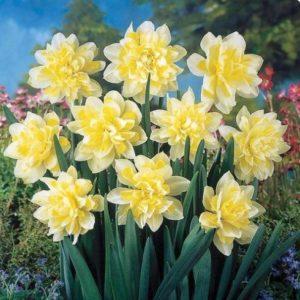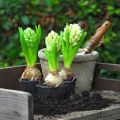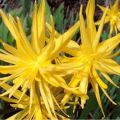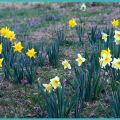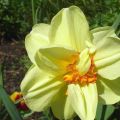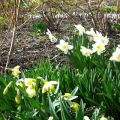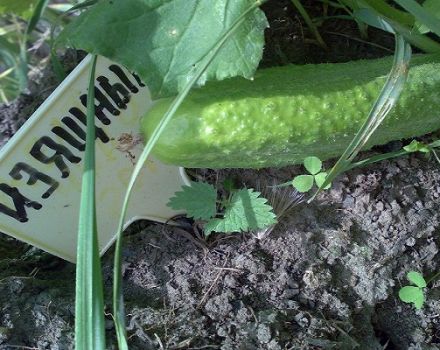Description and characteristics of the Mount Hood narcissus, planting and care
Daffodils along with tulips, hyacinths, crocuses are an early, spring decoration of the garden plot. They are different in appearance and different in terms of ripening. The Mount Hood daffodils are a spectacular plantation with white tubular flowers. They are used by both landscape designers and gardeners for landscaping the territory, in cut form for bouquets, as well as for forcing by the scheduled date.
Description and features
The Mount Hood variety belongs to the group of tubular daffodils. They bloom in April-May with spectacular large (up to 12 centimeters in diameter) flowers. Their color ranges from ivory to pure white. The length of the peduncles reaches 40 centimeters. Mount Hood is prized for its delicate color and light floral scent.
How to plant
In order for a daffodil to bloom as early as possible, you need to correctly determine the timing and place of planting, as well as know in what soil and at what depth to plant it. Sick bulbs are discarded, the remaining ones are disinfected in a solution of potassium permanganate of low concentration. After planting daffodils, the land is mulched with peat.

Sowing dates
The best time to plant bulbs is in autumn. The peculiarity of the development of daffodils is that for flowering they need content for 2-2.5 months in cold conditions. When planting in autumn, the florist complies with these cultural requirements. If he did not manage to plant in the fall, the bulbs can be planted in the spring, but first keep them in the refrigerator.
Soil requirements
Narcissus Mount Hood is not very demanding for soils, but it will develop poorly on too poor. Loams are the most acceptable, in heavy clay soils you need to add 10 kilograms of peat or 20 kilograms of sand per 1 m². Too light, sandy soil is unsuitable due to its inability to retain moisture and heat.
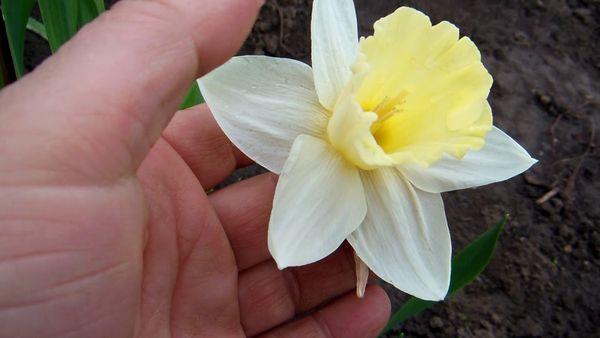
Seat selection
Although Mount Hood daffodils are hygrophilous, they do not tolerate stagnant water, because of this, the bulb can get wet. Therefore, the landing sites are selected with a low occurrence of groundwater, open, protected from the wind. You can plant the bulbs under the trees: when the foliage blooms, the daffodils have time to bloom.
How to plant
The planting process is carried out as follows:
- the earth is dug up, loosened, if necessary, sand or peat is added;
- holes are dug, the depth of which depends on the size of the bulb: for adults - 12-15 centimeters, for children - 8-10 centimeters;
- the distance between the bulbs is 12-15 centimeters;
- the hole is moistened, an onion is laid out in it, then the planting site is covered with earth.
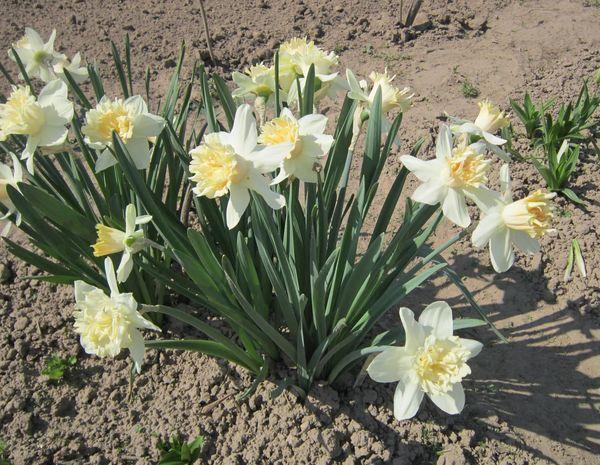
Advice! Experienced growers recommend planting daffodils to a depth determined by the height of 3 bulbs.
Care
Narcissus Mount Hood is unpretentious in care. He needs timely watering, loosening, weeding, breaking off dry peduncles. When the bush grows, it must be divided by seating the children separately. Usually the procedure is carried out once every 4-5 years.
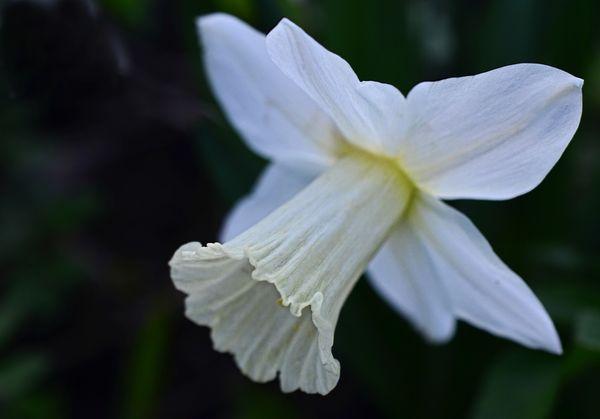
Weeding and loosening
The plantings must be weeded, otherwise the weed will clog the plants and they will not be able to develop. It is better to pluck the weeds by hand so as not to injure the bulbs and not prematurely cut the leaves that the daffodils need to grow the bulb. They loosen the soil superficially: the procedure promotes air access to the plant roots.
Watering
If there is enough rainfall during the season, then additional watering is not required for daffodils. From excess moisture, the bulbs begin to rot. If the weather is dry and hot, water the plants. Especially moisture is needed for plantings after flowering until the end of June, that is, before the leaves begin to yellow.
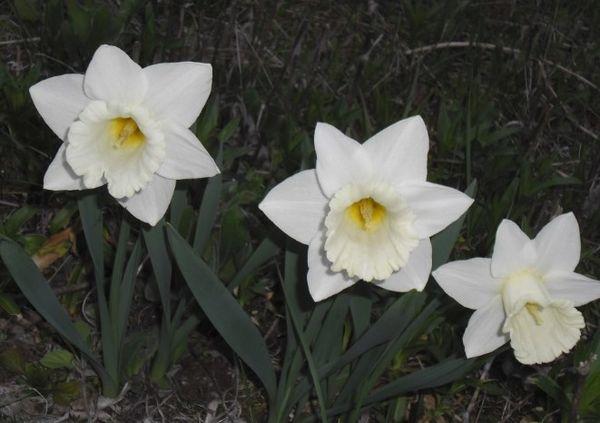
Bloom
Narcissus Mount Hood belongs to the early flowering varieties. It blooms in late April or early May, depending on the growing region. Peduncles can be cut at the dissolution stage to be kept in a vase. The flower arrows dried on the bush are removed, otherwise they will set the seeds, taking away the strength from the bulb.
Important! Bulbous leaves are not removed after flowering: respiration and development of the underground part of plants take place through them.
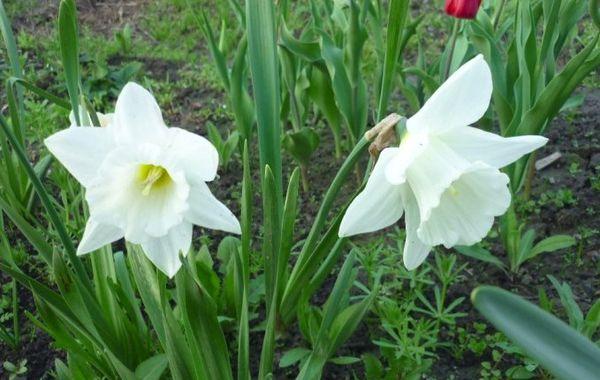
Reproduction
When the bushes grow large, the daffodils inside them become smaller, as they begin to lack light and space to develop. To plant the bulbs, they are dug up in July, after the leaves have completely dried. The planting material is dried, the incised parts are sprinkled with activated carbon.
Bulbous plants are planted in a permanent place in the fall.
Using
Daffodils of the Mount Hood variety are planted in a flower bed next to early bulbous plants: tulips, hyacinths, muscari, daffodils of other varieties. They will look spectacular against the background of a lawn, evergreen shrubs, low-growing conifers. Plants are used for indoor decoration in cut form, as well as for forcing by the required date, for example, by March 8.
